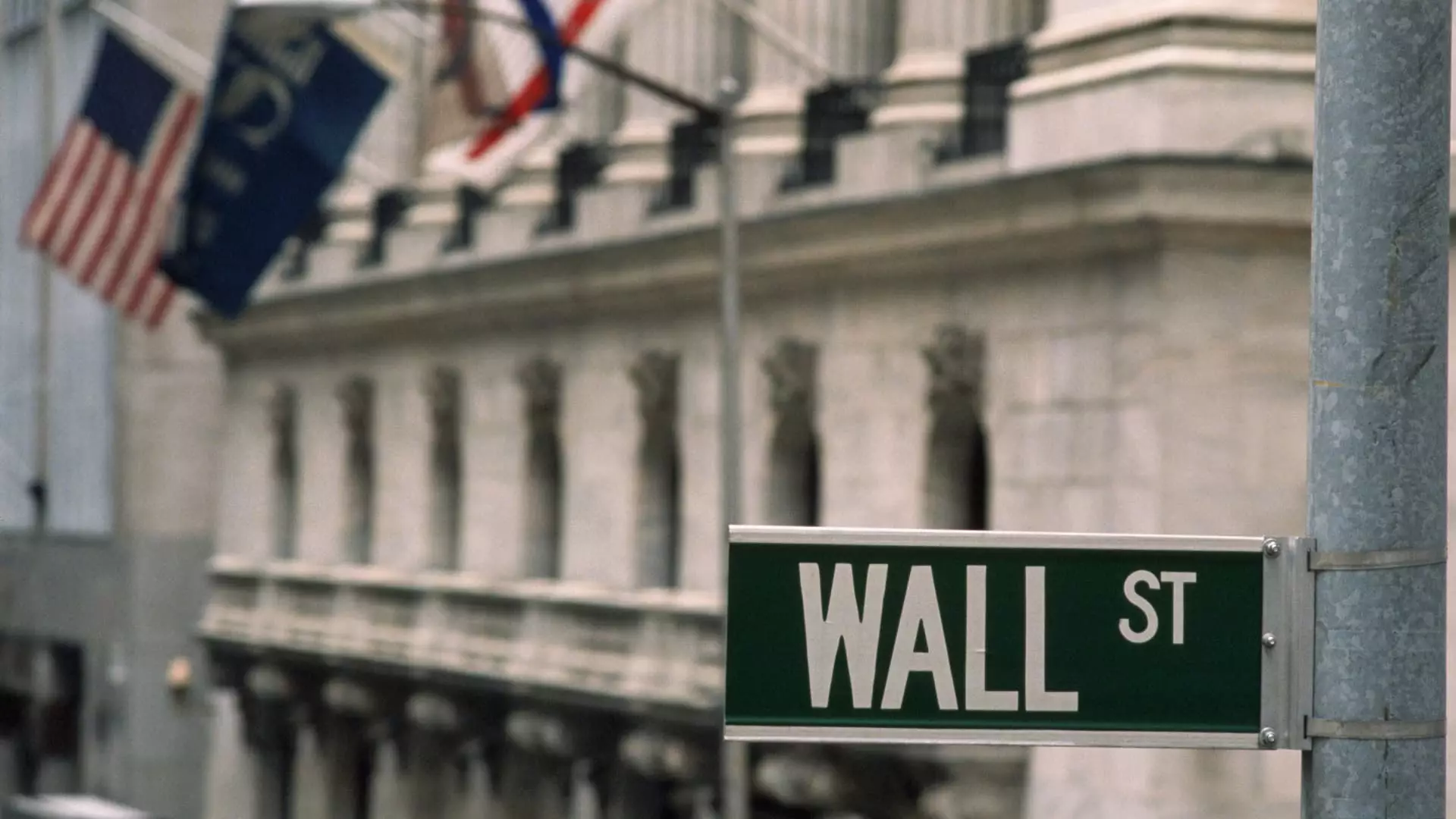As 2025 unfolds, the initial public offering (IPO) landscape appears to be on the cusp of change, though the early trading data offers a rather lukewarm response from the market. Despite more than a dozen IPOs hitting the trading floors this year, investor enthusiasm seems muted, drawing a stark contrast to the optimism expressed by key market leaders like Nasdaq’s president, Nelson Griggs. He posits that, while the initial half of the year may be slow, the latter part could see a significant uptick in IPO activity. Griggs likens the market’s ebb and flow to a pendulum, oscillating between the realms of private and public investment, reflecting the inherent cycles that define financial markets.
However, the path to public trading is fraught with challenges. The experience of companies such as Panera Brands underscores the complexities that many firms face when attempting to go public. After numerous setbacks over several years, the company’s struggle highlights a broader issue in the IPO market: not all prospective public entities can navigate successfully through the rigorous processes required. In contrast, Twin Peaks, a bar and restaurant brand, successfully launched its IPO while facing its own set of challenges, primarily as a strategic move to alleviate existing debts. This indicates a potentially changing philosophy, where companies may prioritize going public to stabilize their finances rather than purely seeking capital infusion.
An interesting trend is emerging in the financial landscape—firms, particularly in technological sectors like AI, are increasingly finding it viable to thrive financially without going public. This trend is evident with companies such as OpenAI, which continue to draw in significant private funding. Griggs acknowledges this transformation, with advancements in the private market providing companies with access to liquidity that was once primarily offered through IPOs. He argues, however, that while private investments have become more lucrative, they cannot entirely replicate the long-term benefits associated with public offerings.
Nevertheless, Griggs suggests that current fluctuations in market conditions may herald a shift back towards IPOs as a financially strategic move. Although liquidity in the private sector has increased, a period of sustained growth typically ushers companies toward public markets; dominance in private funding does not signify a permanent shift in investment behavior. The growing diversification of financial options means that companies will continually assess the benefits of both markets. Ultimately, it is anticipated that as the year progresses, there may be a resurgence in IPO enthusiasm as companies weigh their options amid evolving market dynamics.
While IPO activity may seem subdued now, various factors suggest potential growth as market conditions evolve. The combination of private market success and the need for deeper liquidity in the public sphere may serve to shift the momentum favorably in favor of IPOs by year-end. As such, the investment community must remain vigilant and adaptive to the continuously changing landscape of public and private investments.

